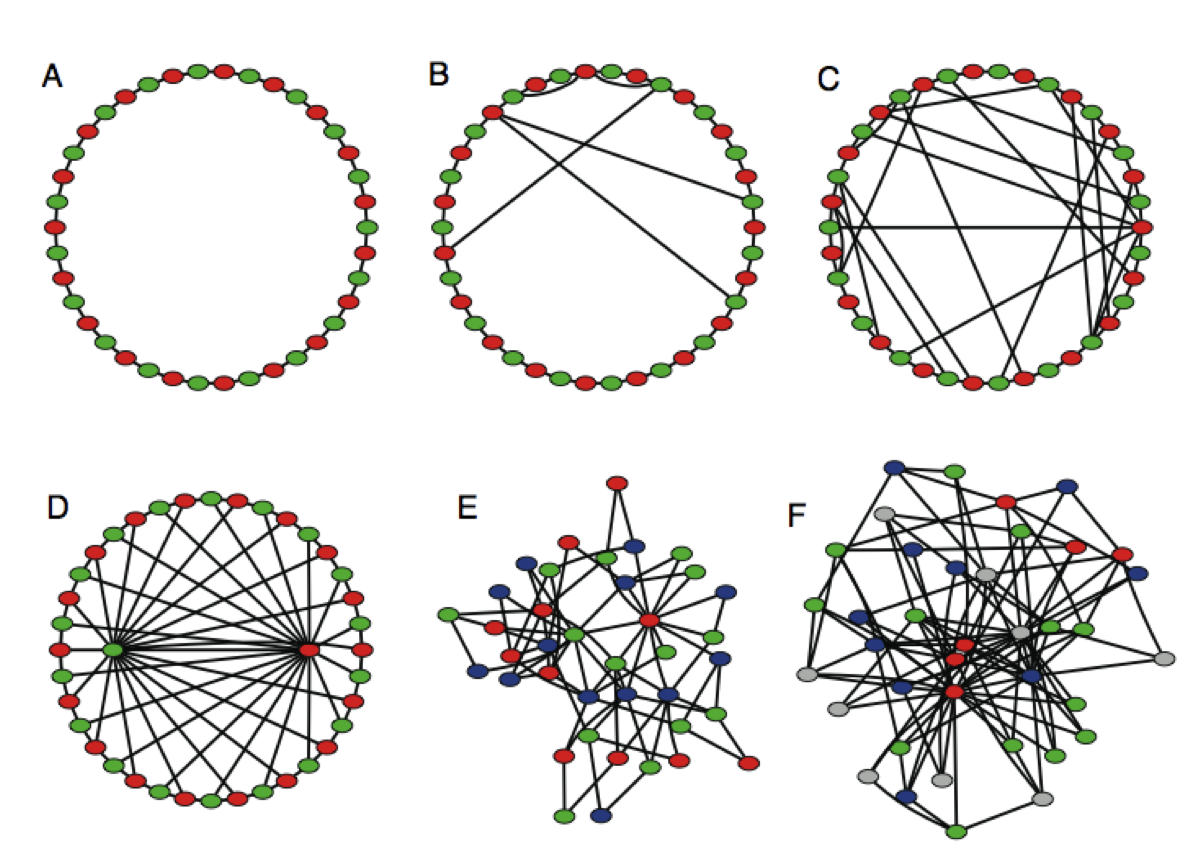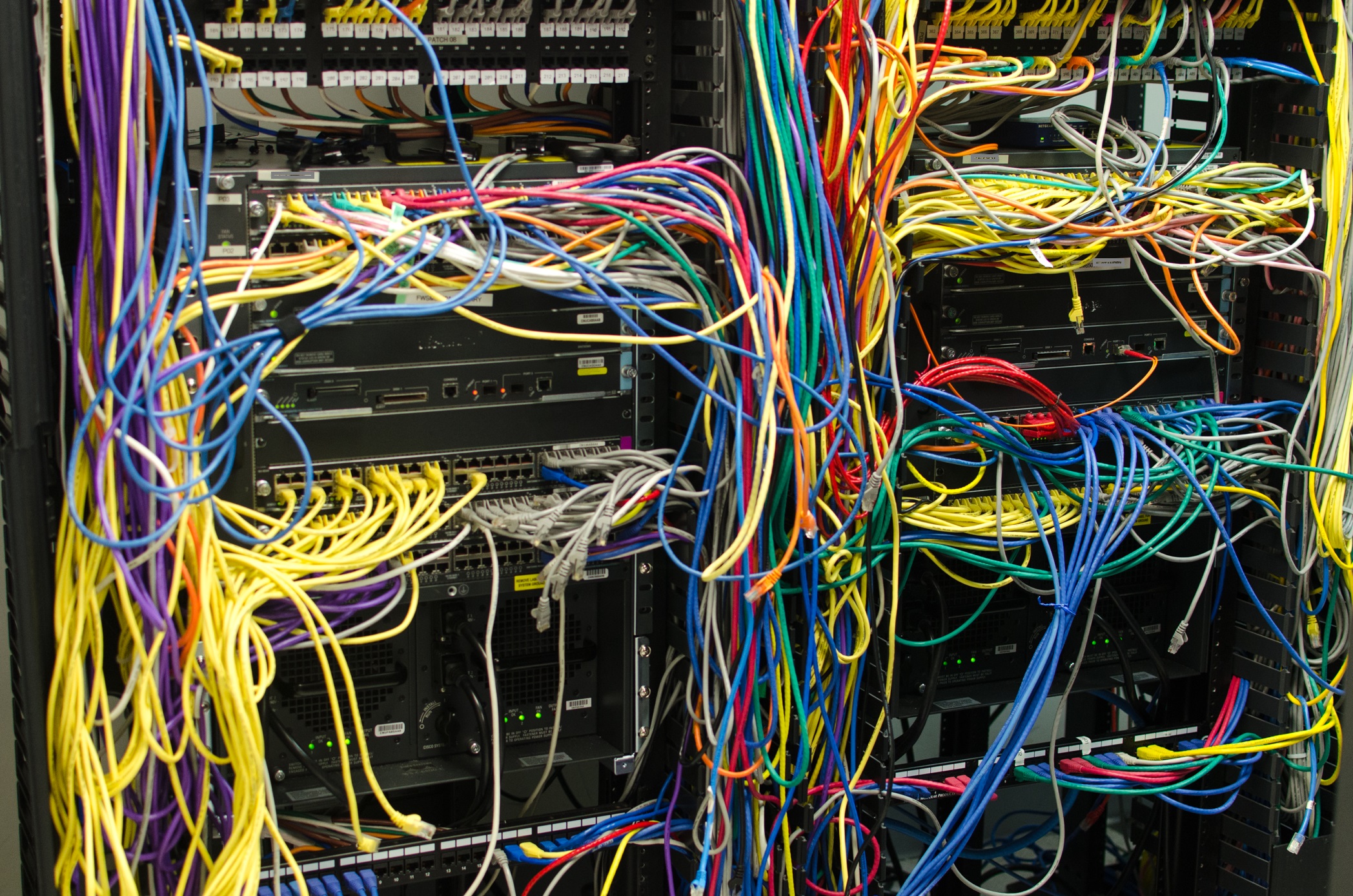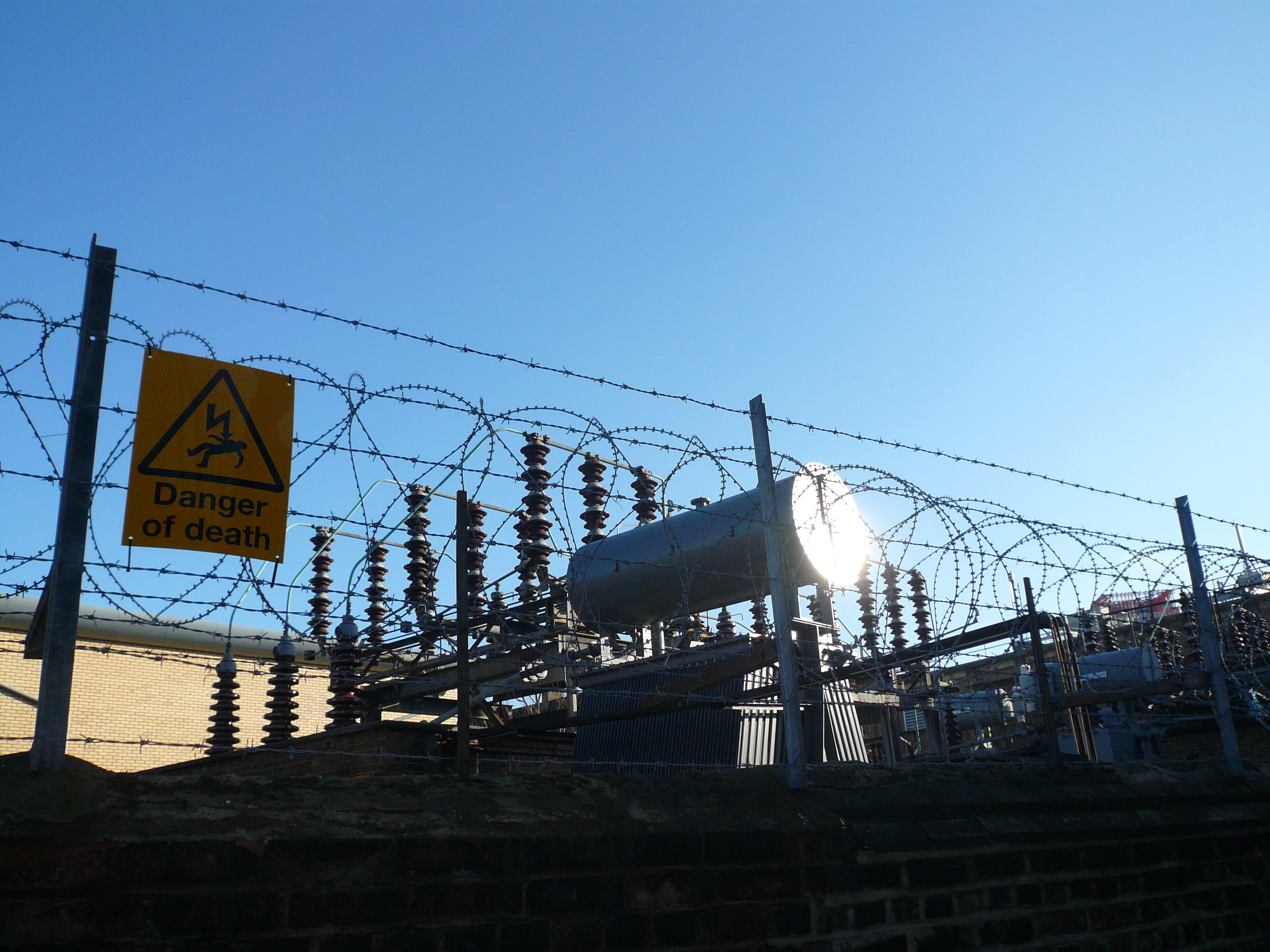
Knowledge management and informal learning processes are not resourced, even when the organization may have made a significant investment to build containers for knowledge or its sharing. This “build it and they will come” approach has failed, time and time again. Yet the seemingly intangible nature of knowledge and learning processes makes it difficult to build a case to resource learning itself.









